When it comes to kitchen essentials, a well-seasoned cast iron skillet stands out. For culinary professionals, knowing how to season a cast iron skillet without an oven is crucial for maintaining that perfect cooking surface. In this article, well delve deep into the techniques, tips, and reasons why you should consider this method over traditional oven seasoning.
First and foremost, seasoning a cast iron skillet is not just about enhancing its appearance; it significantly improves its non-stick properties and prolongs its lifespan. A properly seasoned skillet can elevate your cooking, allowing flavors to meld and ensuring even heat distribution. Yet, many of us face situations where an oven might not be readily available. So how can we achieve that sought-after seasoning without one?
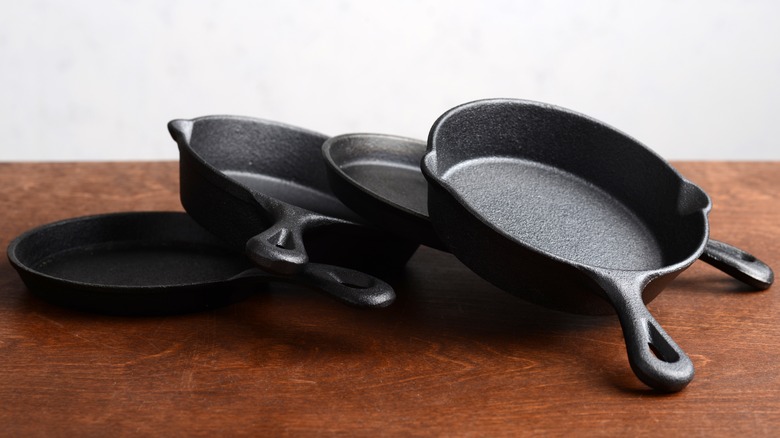
Understanding the Importance of Seasoning
Before we jump into the *how-to* details, lets clarify **why** seasoning is essential. Cast iron skillets inherently come with a porous surface, which means they can absorb oils and food particles. By applying a proper seasoning technique, you create a protective layer that minimizes rust and improves the cooking experience.
Gathering Your Tools and Ingredients
To successfully season your skillet without an oven, youll need a few key items:
- Cast Iron Skillet: Ensure it's clean and dry.
- High-Temperature Fat: Options include vegetable oil, flaxseed oil, or lard.
- Paper Towels or Clean Cloth: For oil application.
- Stove or Grill: To provide direct heat.
Step-by-Step Guide to Seasoning
Step 1: Cleaning Your Skillet
Start with a clean slate. If your skillet is used, wash it using warm water and mild soap to remove any debris. Follow this link for tips on cleaning cast iron.
Step 2: Drying the Skillet
It is critical to dry the skillet thoroughly after washing. You can place it on the stove over low heat to ensure all moisture evaporates. A dry skillet prevents rusting and allows for better oil absorption.
Step 3: Applying the Oil
Take a paper towel or cloth, apply a thin layer of your chosen oil, and wipe it all over the interior and exterior of the skillet. Remember, less is more; an excess will result in a sticky residue.
Step 4: Heating the Skillet
Place the skillet on the burner and heat it on medium-high for about 10-15 minutes. This technique will cause the oil to bond with the iron and create that coveted non-stick surface. For those without a stove, placing the skillet on a grill can also yield satisfactory results.
Step 5: Letting It Cool
After heating, turn off the stove and allow the skillet to cool down. Once its cool enough to touch, wipe away any excess oil with another clean paper towel.
Maintaining Your Skillet
A seasoned cast iron skillet is a trademark of any kitchen and requires special attention. After each use, avoid soap if possible. Instead, scrub it with a brush and hot water. If food remains stubborn, try boiling water in the skillet to loosen the bits. Re-season when necessary, especially after cooking acidic foods that can strip the seasoning.
Internal Links to Further Reading
If you're curious about other cast iron uses, check out these articles: Corn Stick Skillet, Baking Sourdough, and Frying Trout.
Frequently Asked Questions
1. How often should I season my skillet?
It largely depends on usage. If you notice food sticking or the surface looking dull, its time to re-season.
2. Can I use olive oil for seasoning?
While you can use olive oil, it has a lower smoke point. Its better to stick with oils that can withstand higher heat such as canola or grapeseed oil.
3. What if my skillet develops rust?
If rust appears, scrub it off with steel wool, then re-season the skillet following the steps outlined above.
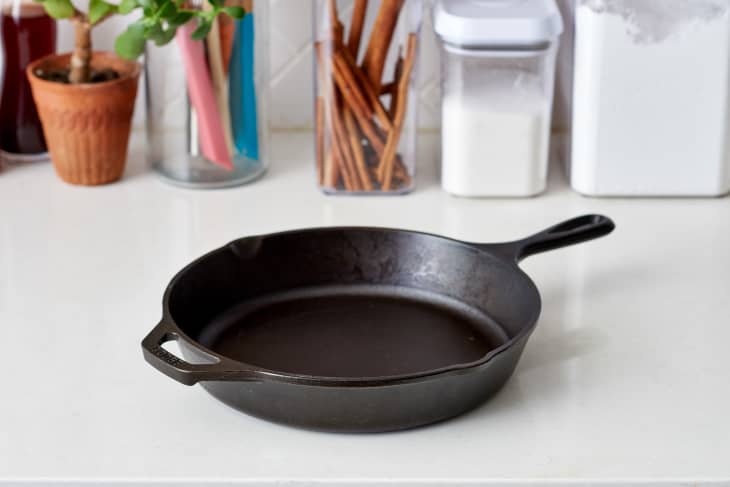
Conclusion
In summary, learning how to season a cast iron skillet without an oven opens up new culinary possibilities for kitchen professionals. With proper care, your skillet can be longevity in the kitchen, enhancing your culinary creations. Take these steps to heart, and your cast iron will reward you with countless delicious meals.
As an Amazon Associate, I earn from qualifying purchases.

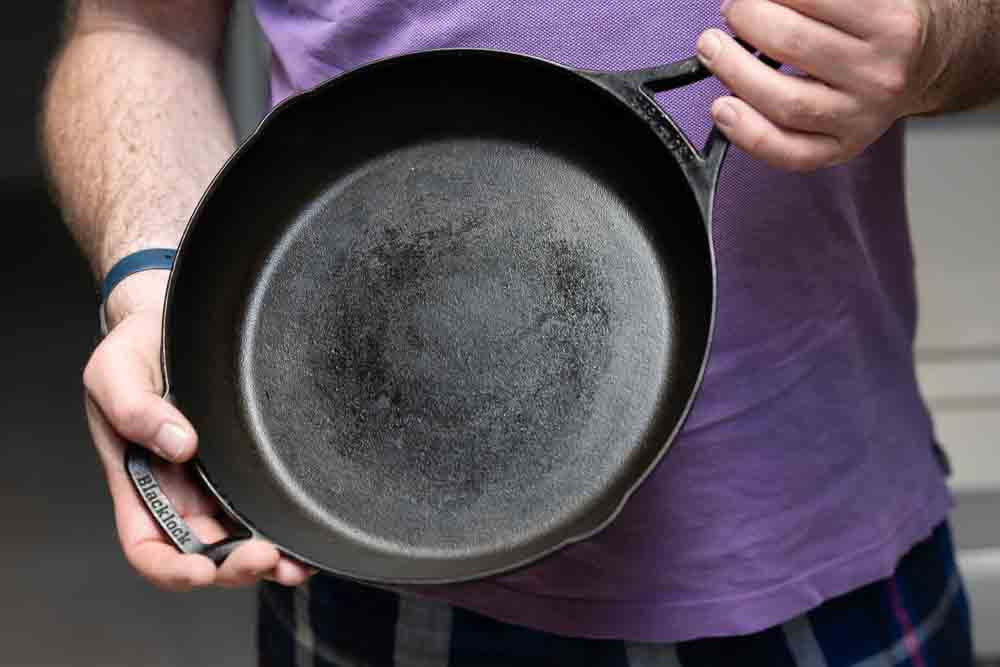


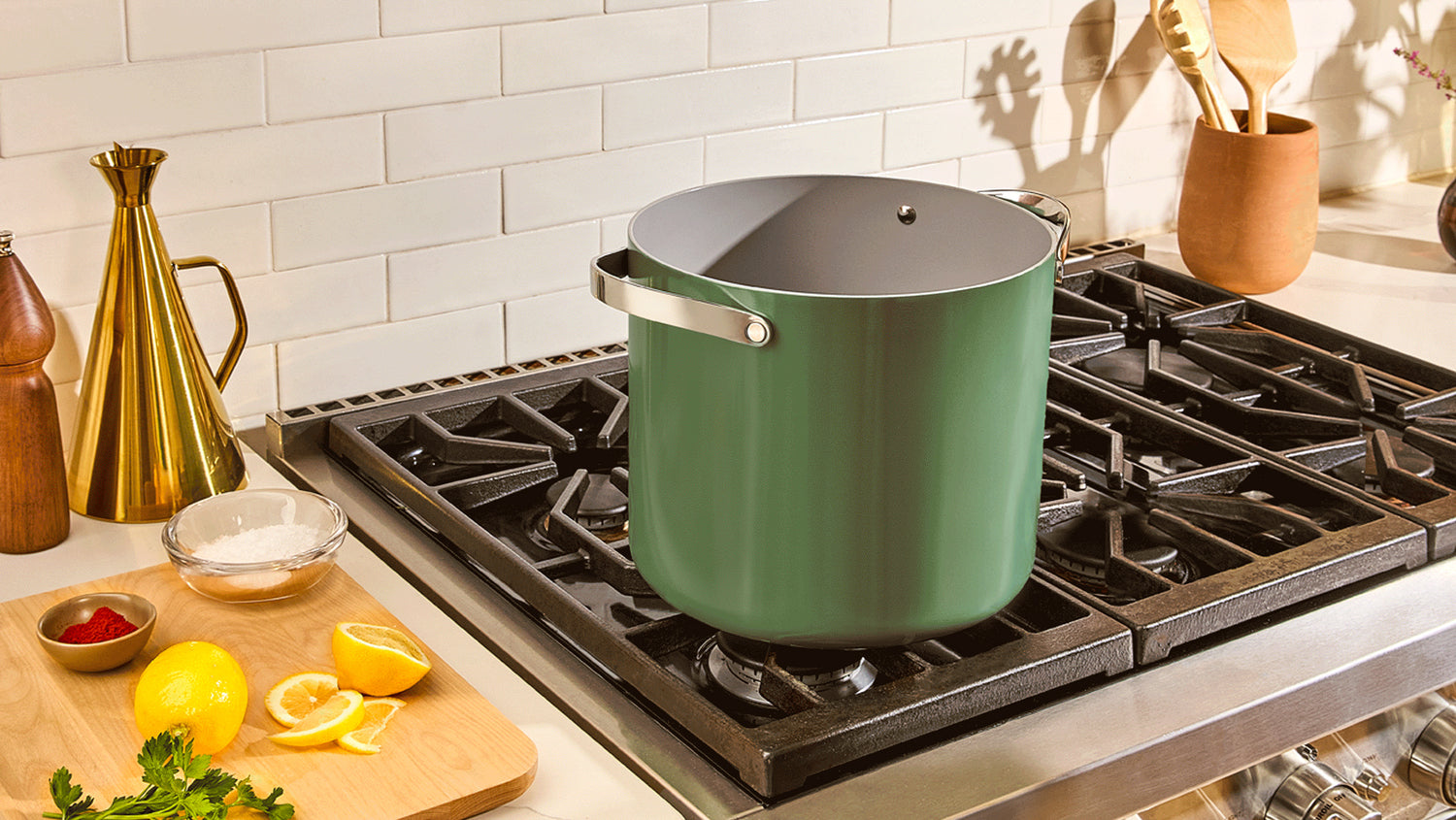
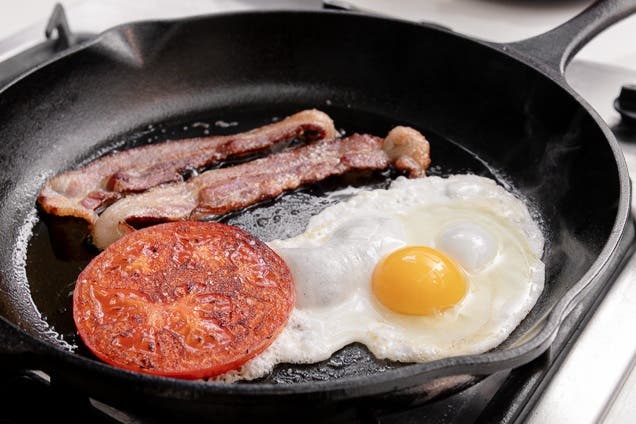
Leave a comment
This site is protected by hCaptcha and the hCaptcha Privacy Policy and Terms of Service apply.